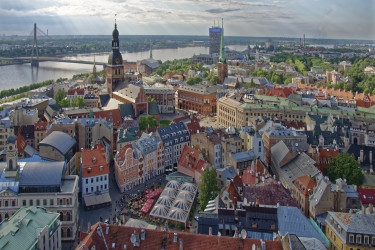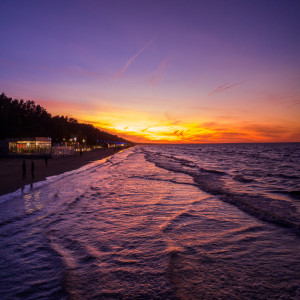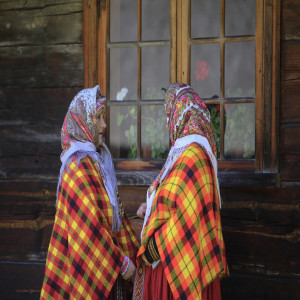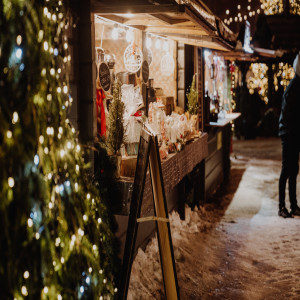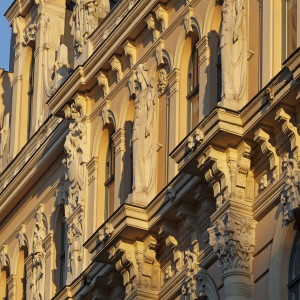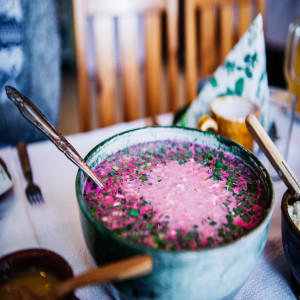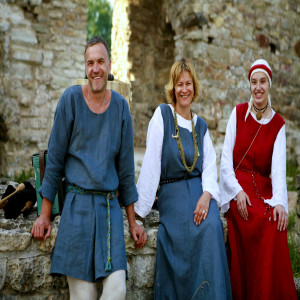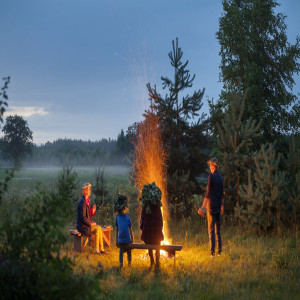
 About city
About city
Riga is now visited by Europeans and tourists from all over the world, and for good reason. Riga is alive to the brim and has established itself as the Baltics' creative capital. The city has a lot to offer, especially when it comes to culture.
Riga's unique character has been shaped by the proximity of water, the Daugava River and the Gulf of Riga, as much as by its diversity. Riga has always been a crossroads and a melting pot of various nations and cultures. The city has always lived in harmony with the natural world, and many of the city's public parks, forests, squares, lakes, and city canals are important parts of the daily lives of its residents. The heady scent of lilacs fills the air in Riga in the springtime; It shows the sadness of falling yellow and red leaves in the autumn; After a new layer of white snow falls in the winter, it sparkles with wonder.
While sharing this home with nesting birds and even beavers, residents of Riga can walk up a hill, sail to an island, or rest on a beach. Visitors can wander between green relaxation zones, bustling streets, and rural idylls in the city, which has a lot to offer.
The city has been influenced by every cultural and architectural era and trend, including Gothic, Renaissance, Baroque, Classicism, Art Nouveau, modernism, and vernacular wooden architecture. A surprisingly diverse and eclectic city Riga is proud to showcase its excellent music and contemporary art scene, such as through the Song Festival, and is now a cradle for innovative start-ups. Riga is known as a "hipster republic" and has a glamorous city center. As local chefs compete to find "the flavor of Latvia," Riga's gastronomy is a growing and dynamic industry.
Riga is a city that belongs to the Nordic region geographically, but its multicultural nature makes it both adventurous and passionate. Yet, ambitious as well. It amazes at any time of year, vibrating, pulsating, and like any creative city.

